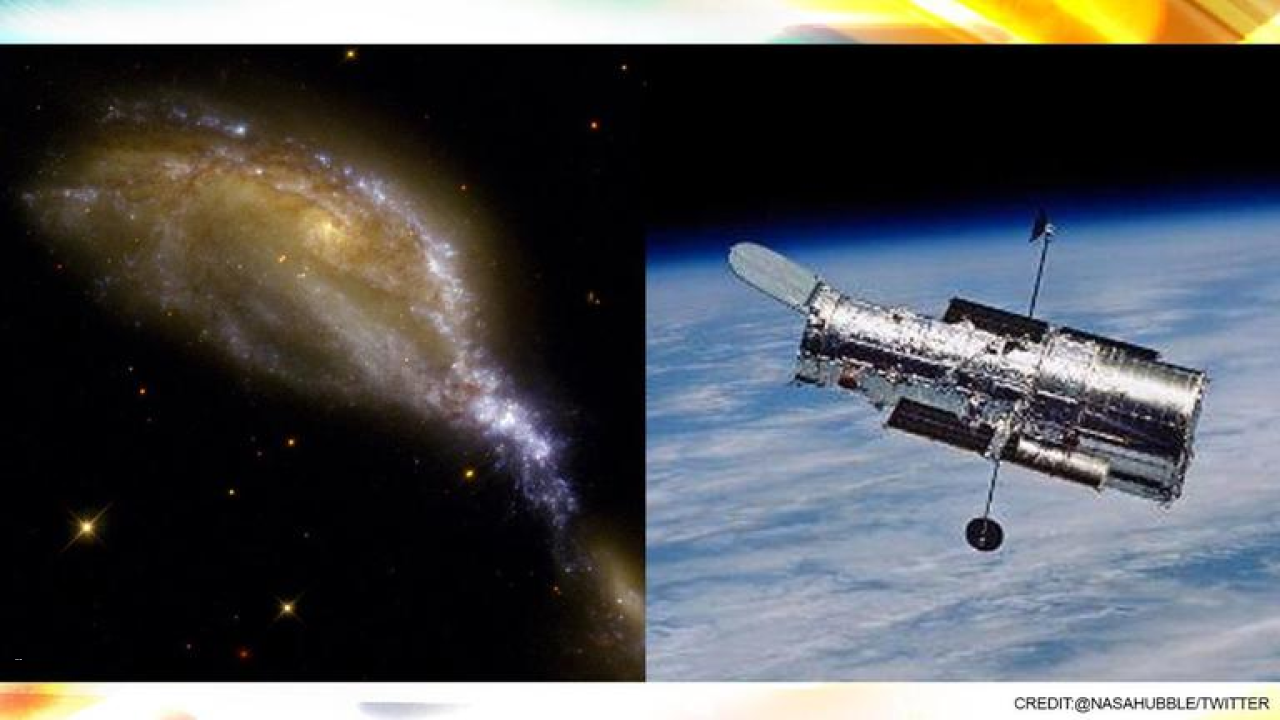What is SuperBIT?
SuperBIT is a state-of-the-art scientific instrument designed to measure precise weak gravitational lensing of galaxy clusters. As the joint project of Durham University, the University of Toronto, Princeton University, and NASA, SuperBIT aims to detect the presence and quantity of dark matter in galaxy clusters, as well as the large scale structure of the universe.
Cost and Sensitivity Range
Compared to an equivalent satellite, SuperBIT is relatively inexpensive, with a cost of approximately £4.1million/$5million USD. Despite its lower cost, SuperBIT has an impressive range of optical sensitivity, from the near-infrared (900 nm) to the near-ultraviolet (300 nm). Its unique operating altitude of 33.5 km above Earth’s atmosphere allows it to achieve space-like performance and conditions.
Science Goals
The main objective of SuperBIT is to assess the characteristics of dark matter, an unseen and dense substance. By observing the way dark matter bends passing rays of light, scientists can map its distribution in galaxy clusters. During its first flight, SuperBIT intends to examine if dark matter particles can collide with each other by creating a map of the dark matter distribution around clusters of galaxies that are in the process of colliding with their neighboring clusters. SuperBIT maps the distribution of dark matter by observing how it bends the path of light. Through this technique, scientists can construct a map of the distribution of dark matter and gain insights into its true nature, which remains a mystery to scientists.
Antennae Galaxies and Tarantula Nebula
SuperBIT’s first images, taken during its recent launch on April 16, 2023, include the Tarantula Nebula and the collision between the Antennae Galaxies. The Tarantula Nebula is a vast star-forming region of ionized hydrogen gas, located 161,000 light-years from Earth in the Large Magellanic Cloud. The bright, newly formed stars within the region are surrounded by swirling clouds of dust and gas that seem to be turbulent. The Antennae Galaxies, NGC 4038 and NGC 4039, are two large galaxies colliding 60 million light-years away towards the southerly constellation of Corvus.
Month: Current Affairs – April, 2023
Category: Science & Technology Current Affairs


